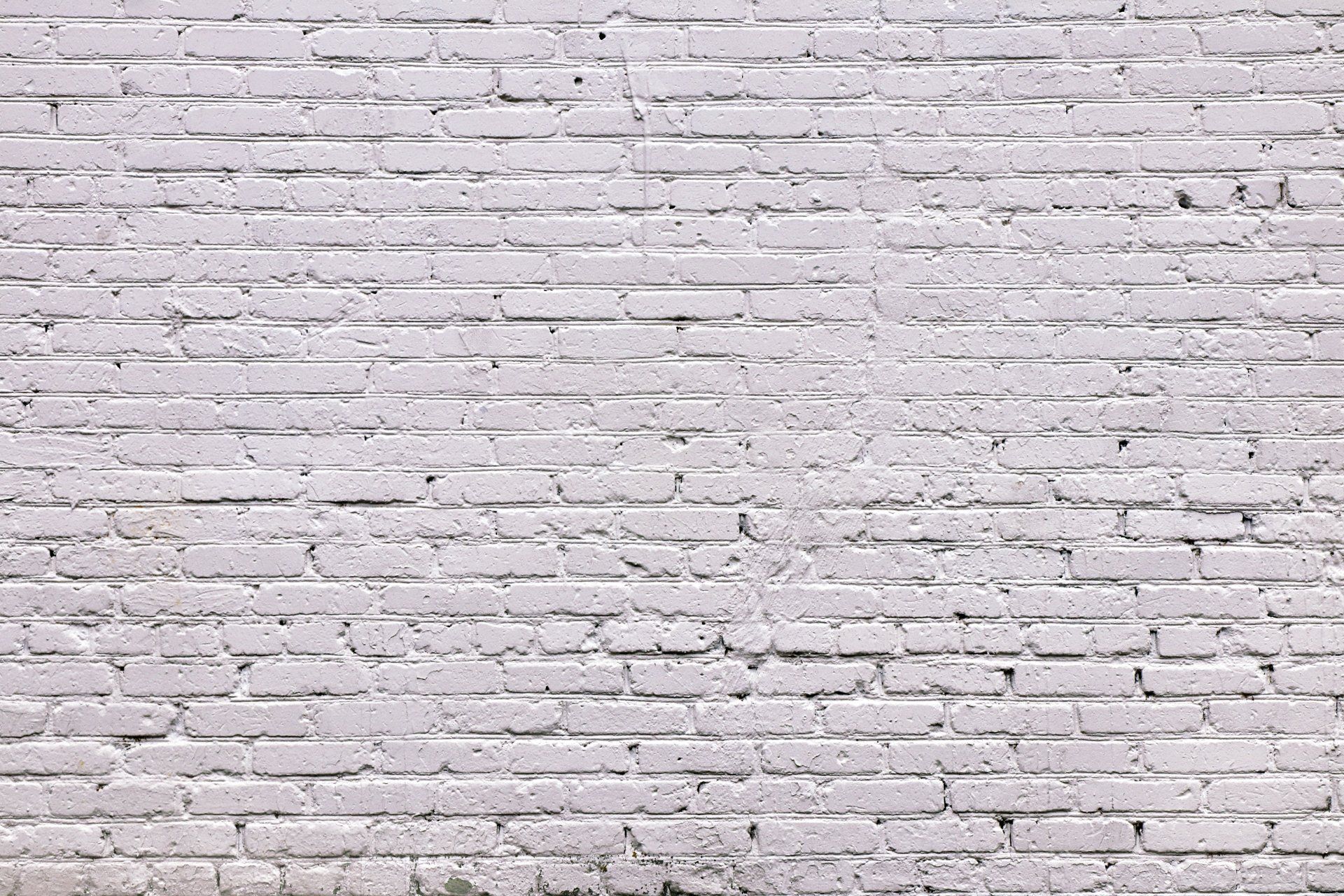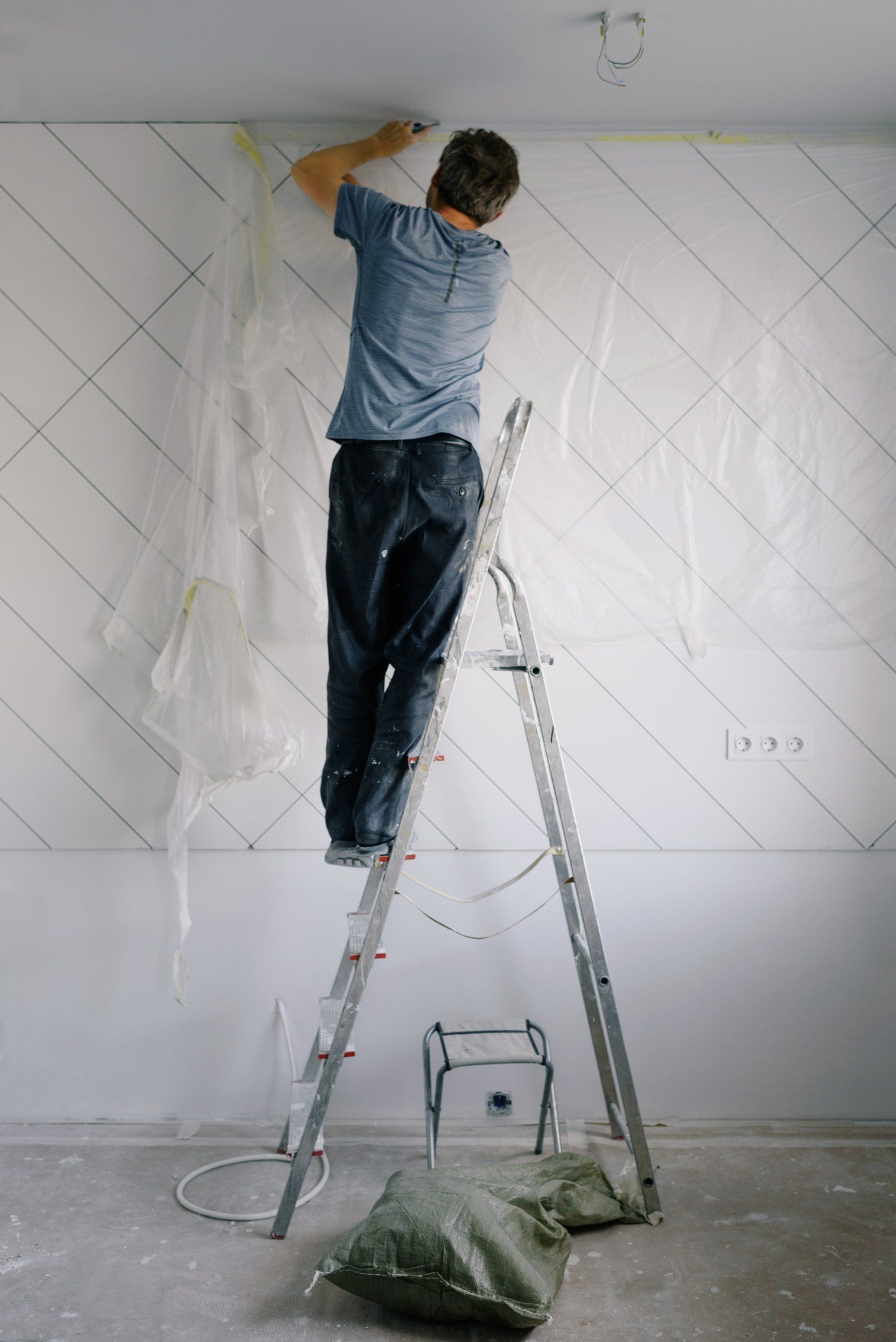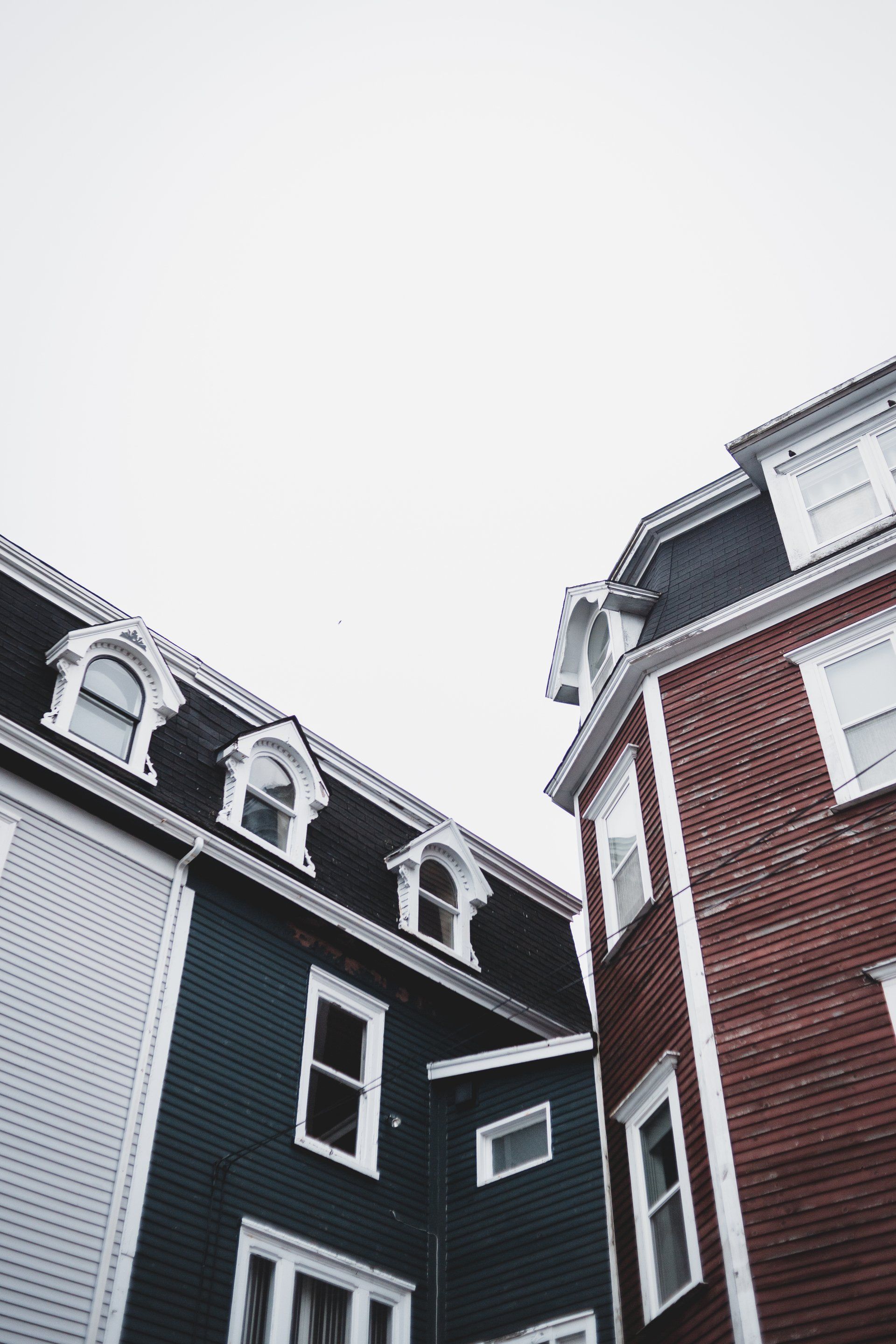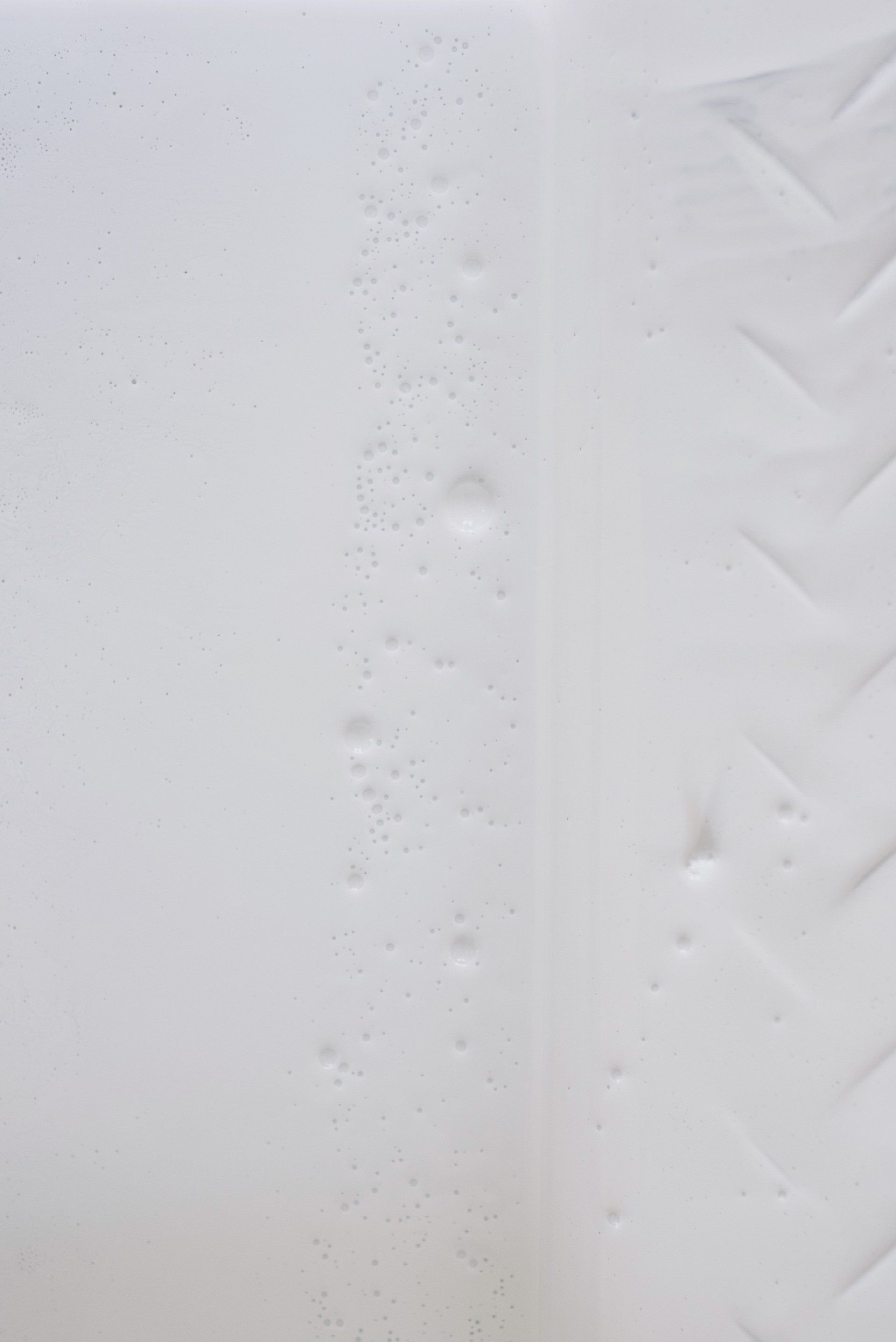Plaster and Stucco: How They Differ?
Plaster and Stucco: How They Differ?
A lot of people are confused by stucco and plaster when they look at old homes. While they're alike in many ways, they're different enough that knowing how and when to utilize stucco, particularly in renovations, is essential.
The differences are not evident to the untrained observer. Plaster and stucco may be applied in a similar manner, with similar different textures and thicknesses; however, the principal ingredients of each are what differentiate them as materials.
Plaster versus Stucco
As we mentioned earlier, the ingredients are the key to distinguishing between these two comparable construction materials. Both are constructed with an aggregate of a certain kind, typically sand in various dimensions and different textures. Both require water to mix the materials and to activate the curing process.
The most important distinction is in the binder. Binders are what holds everything together and cure into the hard, rock-like consistency we all love and hate.
Plaster
Based on the type of plaster you've got, you'll have two different binding agents, either lime or gypsum. Let's take a look at both.
- Lime - Prior to the mid-1900s, lime was the principal binder of any plaster. In the past, it was less expensive to obtain than gypsum plasters. Lime plaster involves a difficult process of mixing lime and water and then waiting until the lime has time to "slake" before it can be added to sand for application. Lime also required the addition of fibrous materials like horsehair, which helps build up the wall. Lime plaster takes an extremely long time to cure and can take nearly a whole year before walls are decorated or painted.
- Gypsum - Perhaps you've been familiar with Plaster in Paris? That's the gypsum plaster. The name was coined due to the fact that in the 1700s, Paris was constructed over the biggest natural gypsum deposits found in the world at the time. The majority of gypsum plaster was sourced from Paris, which is why its name stuck. In contrast to lime plaster, it cures quickly (only two days) and sets much quicker, which is the reason we cast broken limbs using the material. It doesn't typically require horsehair for its strength as lime plasters do.
Stucco
You know what is plaster and what it's not, isn't it? What is stucco? Stucco, sometimes referred to as "render" by our neighbors across the water, is an external coating that is historically distinct from lime-based plasters.
Like lime plaster is made from slaked limestone (or any of the other natural binders, which are not as typical such as sand or water), it also had various additives that helped it resist the elements. According to the National Park Service Preservation Brief 22, stucco could contain some of these unique ingredients:
Mud, clay, marble or brick dust, sawdust, animal blood or urine, eggs, keratin or gluesize (animal hooves and horns), varnish, wheat paste, sugar, salt, sodium silicate, alum, tallow, linseed oil, beeswax, wine, beer, or rye whiskey. The oils, fats, and waxes were added to provide water repellent properties. Sugary substances decrease the amounts of water required and also slow the time required to set. Additionally, alcohol was an air entrainer.
Each of these additives helped to increase the durability and strength of the historic stucco. It was in 1824 that a brand new invention revolutionized the method of using stucco in building construction.
Portland cement was first developed around 1824 in England and was named so because its creator, Joseph Aspdin, thought that the concrete cured looked similar to Portland stone, that was a common construction material in England in the 1824 era.
Ready to work with Avalon Stucco Repair Experts Vancouver?
Let's connect! We’re here to help.
Send us a message and we’ll be in touch.
Or give us a call today at 778-400-6514
More Tips, Tricks & Tools










